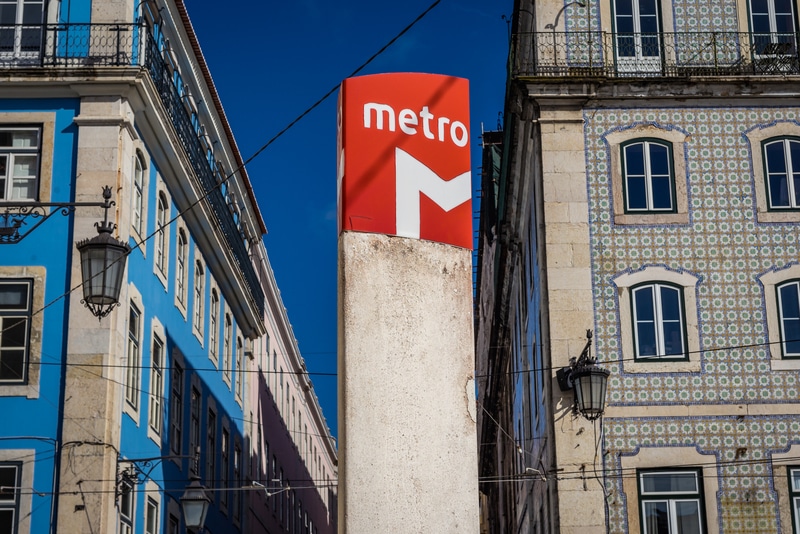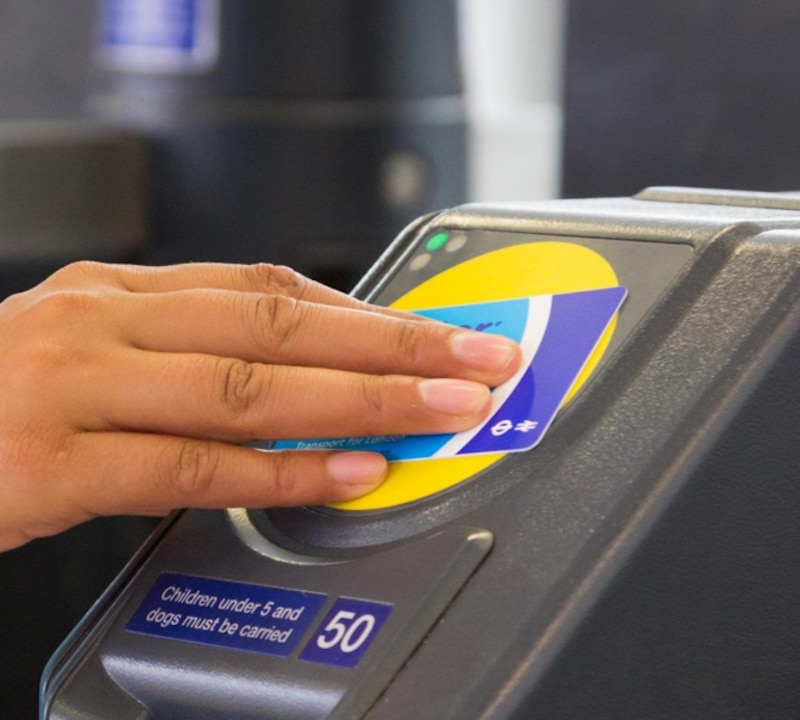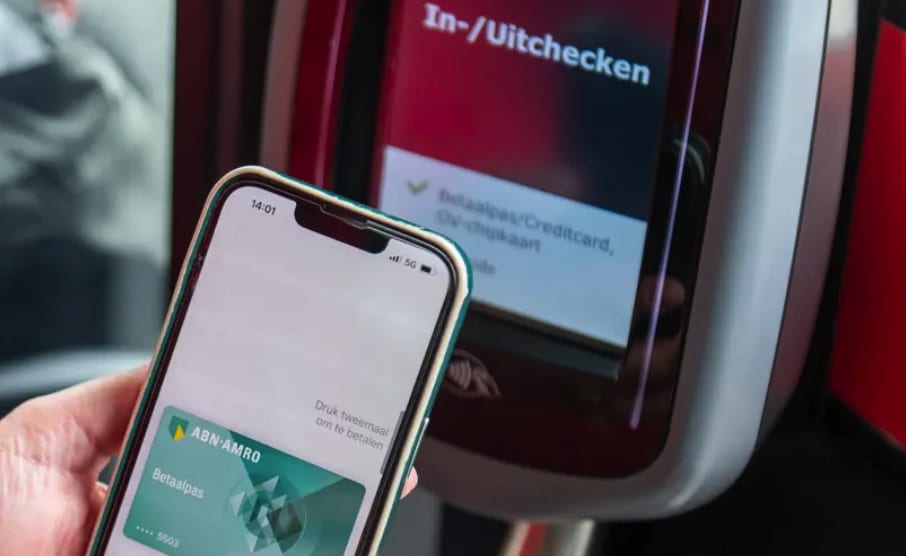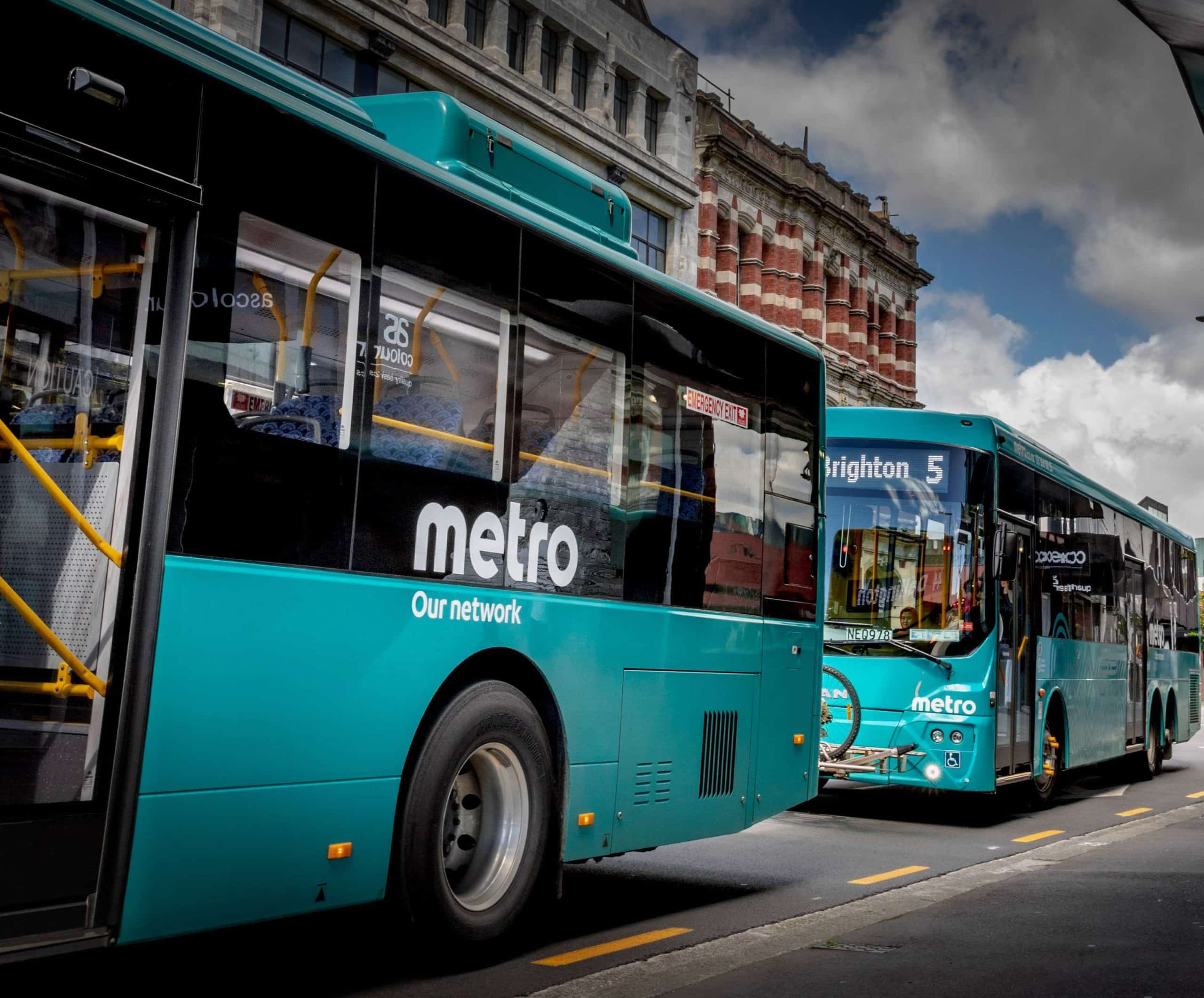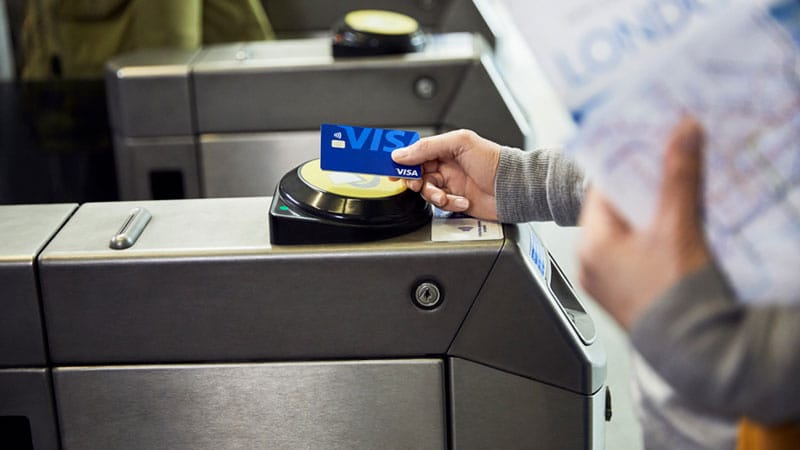
Article Highlights
Visa said it saw strong growth of open-loop fare projects and transaction volume during its fiscal first half, ending March 31.
Visa said it had processed over 500 million Visa open-loop transactions globally during the first half, compared with 700 million for all of last year. If the trend continues at the same pace during the second half of the fiscal year, it would amount to growth of more than 40%.
• Visa
Visa said 50 more cities globally introduced open-loop payments that included acceptance of Visa-branded cards and NFC wallet credentials during the six months ending March 31, though the payments scheme is believed to be including cities where agencies only launched pilots.







